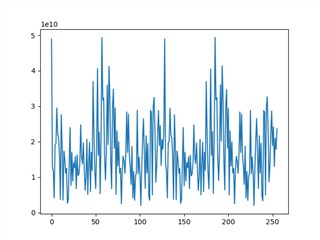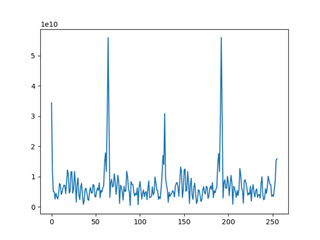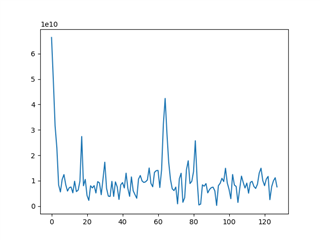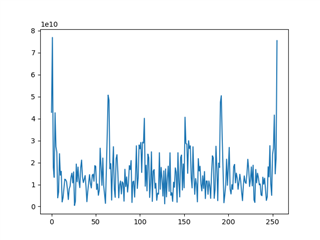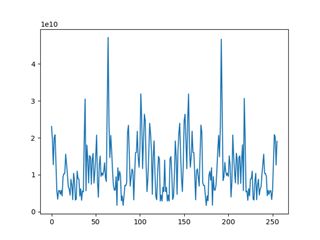Other Parts Discussed in Thread: AWR1642BOOST
Hi,
I have been extracting raw data from the AWR1642BOOST using the DCA1000EVM and have been trying to process it. I have performed fft across the samples within the chirp to get the range information, but the output seems to have periodic peaks, even when there is nothing in front of the radar ( looking out of my window). They seem to be around 64, 128 and 192 - out of 256 bins. I have also done the doppler and azimuth calculations, but both also have the same periodic peaks. Has anyone come across this before or have any idea why it might be happening?
Thank you,
Charlie


